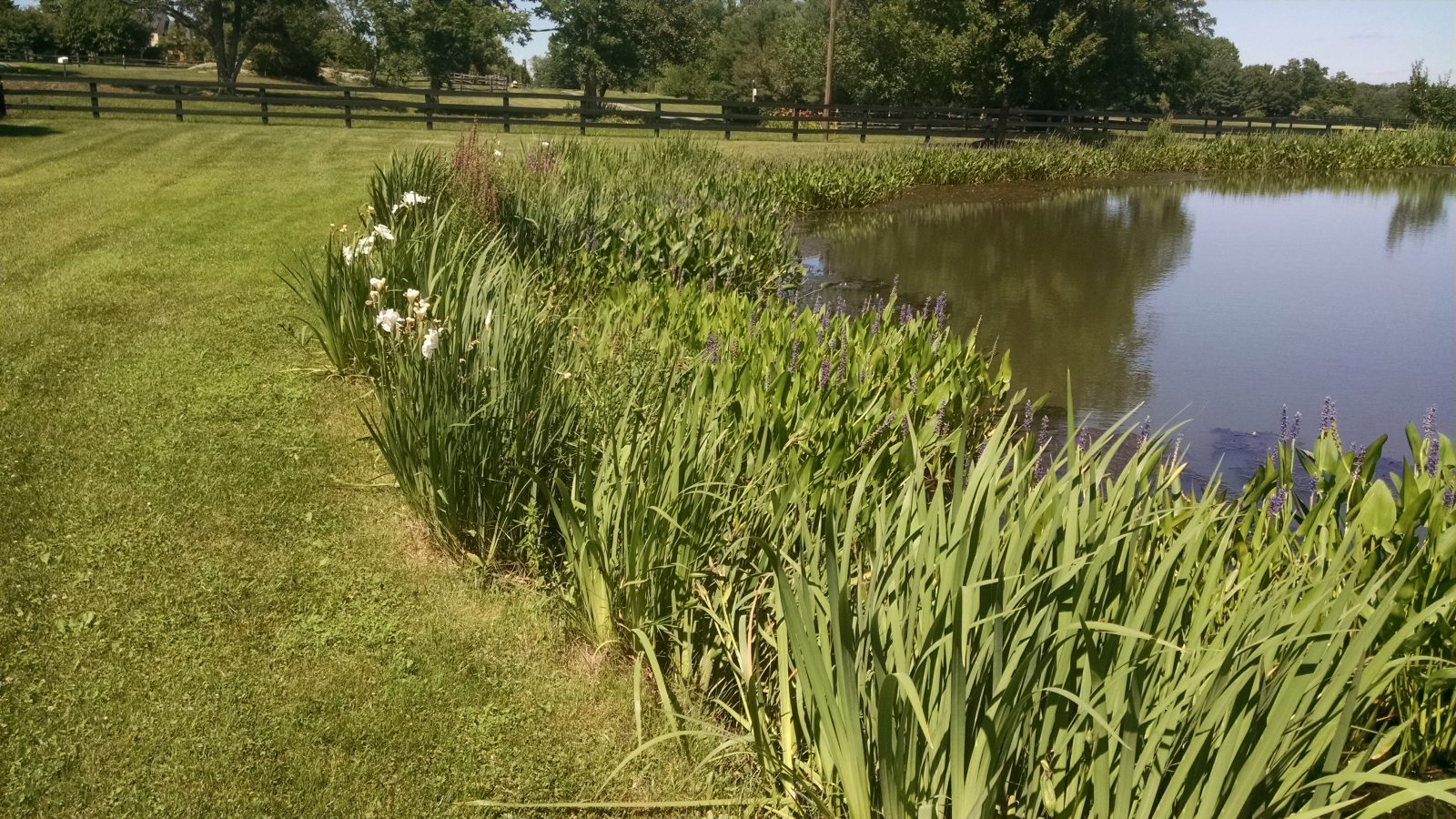
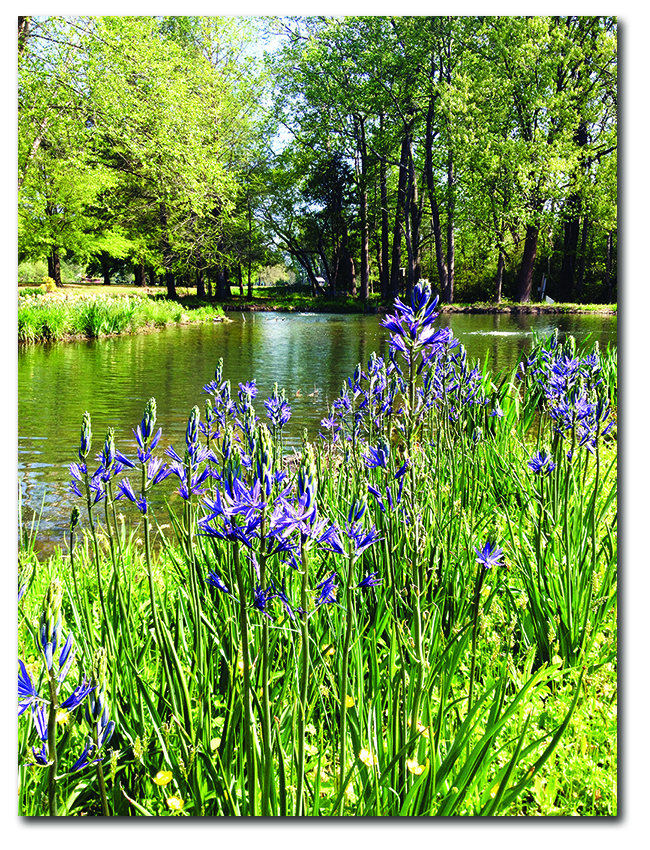
Using Dragonflies to Naturally Control Mosquitoes Around Your Pond
Owning or living near a pond can sometimes be a mixed blessing. There is the enjoyment and adventure of having one, but there is also the burden of nuisance critters that it may attract. One of these critters is the pesky mosquito, which can seem impossible to control. There are several sprays, “foggers,” and other chemicals on the market that help control mosquitoes, but these can be expensive and come with warnings. One natural, safe and inexpensive way to control mosquitoes is to create a dragonfly habitat around your pond.
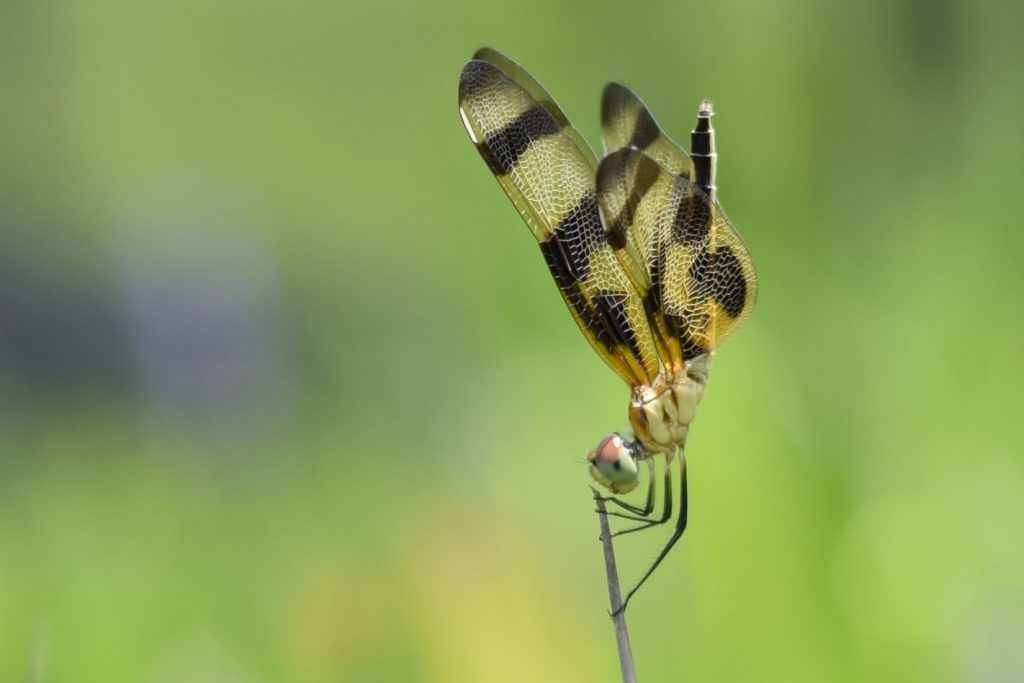
Dragon Fly's Impact On Your Pond
Dragonflies are one of the most unique insects around. They were some of the first to evolve and fossil records indicate a dragonfly-like insect lived some 300-million years ago and had a wingspan up to two feet. Dragonflies can fly in six different directions and even hover, as they have two sets of wings and have the ability to control them independently. They can even fly backwards. They have to fly to live as they catch all their prey with their feet and eat it while in flight. They are extremely fast with speeds up to 20-35mph; one scientist even recorded a dragonfly at 60mph. Dragonflies have one of the most advanced eyes for an insect with up to 30,000 lenses and can see in every direction except directly behind them. They are truly fascinating creatures.
Dragonflies are strictly predators and both the larval form and the adult dragonfly feed on other insects, with mosquitoes being their primary choice of food. The larval form will live in the water from several months to a few years. While in the water, they feed on other larval insects or large planktonic organisms. Mosquito larvae and even mosquito eggs encompass a vast majority of their diet. Like the larvae, the adult dragonflies feed on other insects but prefer adult mosquitoes. Some studies have shown that a single dragonfly can eat thirty to hundreds of mosquitoes a day. Adult dragonflies typically live for several weeks to a few months and rarely venture far from the pond where they lived as juveniles, and usually will mate and lay eggs in the same pond.
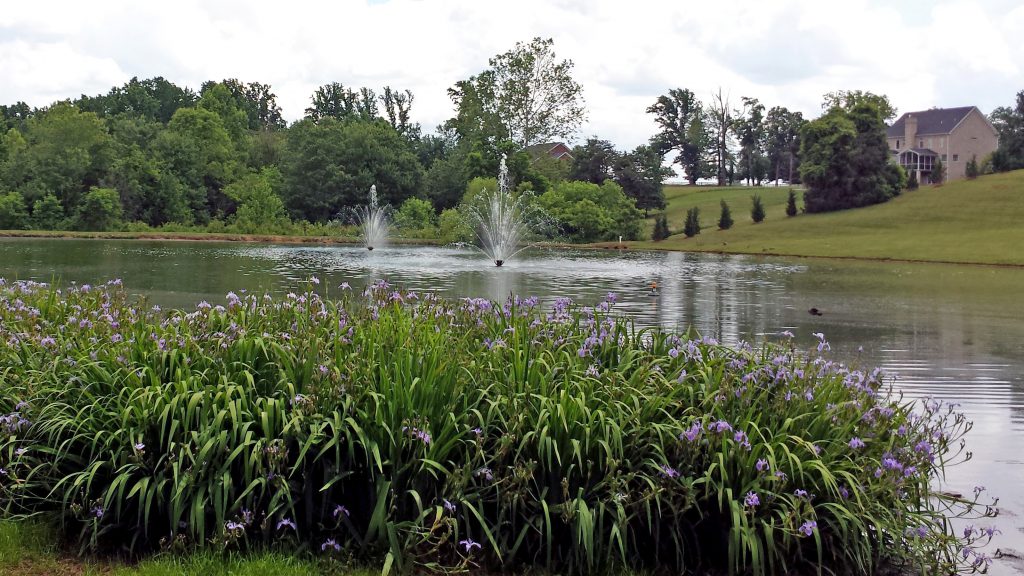
Enhancing Your Pond with Beneficial Vegetation
So how does one go about creating a dragonfly habitat and ensuring more enjoyable evenings spent by the pond? It is quite simple and involves planting various types of plants around the pond that will encourage dragonflies to utilize your pond. As mentioned, the larval form of the dragonfly lives in the water, where it will stay for several months and up to a few years, depending on the species. These larvae need some vegetation and cover to be able to hide from fish and other predators.
Some beneficial dragonfly-friendly plants to grow in the shallow areas around the perimeter of your pond would be pickerelweed, arrowhead, spatterdock, lizard’s tail, and lilies. These plants not only provide excellent cover for the larvae but also provide nice platforms for the adults to perch or mate on. The female will also lay her eggs in the water around these plants or occasionally, make a small incision on them where she will deposit her eggs. These beneficial plants can be planted in big pots that are then submerged to help prevent them from overtaking the pond. They can also be easily “knocked back” and controlled by your professional aquatic herbicide applicator.
Sedges and rushes are great plants to have in the water-to-bank transition areas. These plants do well in the semi-wet areas and will not die during extreme fluctuations in water levels. They also give the larval dragonflies a plant on which to crawl out of the water and perch while they molt into a winged adult.
Besides the sedges and rushes, it is good to have native grasses and wildflowers along the bank such as buttonbush, Joe-pye weed, wool grass, black-eyed Susan, marsh milkweed, iris, cardinal flower, and hibiscus. Not only do these plants make great areas for the dragonfly to fly around and hide when predators are around, but they also attract other insects, which provide another food source for the dragonflies and make your lake or pond that much more of an attractive place to live.
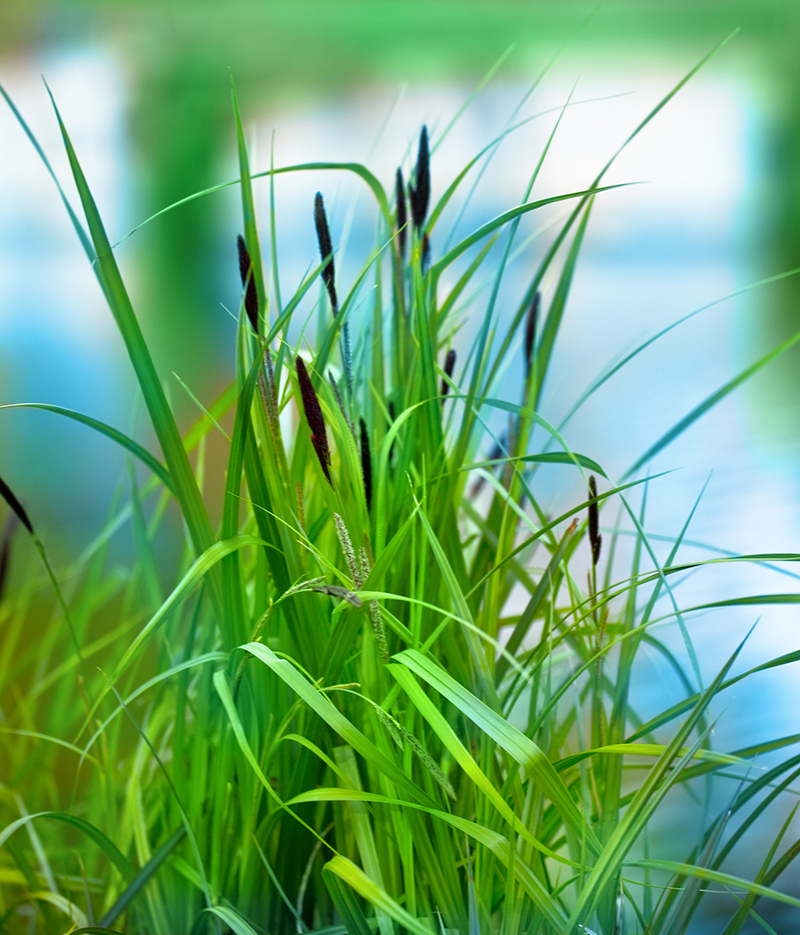
Enhancing Pond Health and Reducing Mosquitoes Naturally
Once you have this nice vegetative buffer established, it is best to let it naturally grow and die off — it should never be mowed. Mowing can stress some of these plants and if cut, non-natives or over-aggressive invasive plants such as thorny briars and poison ivy can quickly overrun your buffer. Also, many times the clippings end up in the pond which can increase your chance of mosquitoes by creating tiny pockets of stagnant water. The clippings will also increase your chance of nutrient loading which will only lead to future algae blooms.
Although one does not necessarily need to have these beneficial plants around their entire pond, it is good to have them in the extreme shallow areas or in the areas that receive the most sunlight. Having a buffer created with these plants has additional benefits as it helps with nutrient management. The plants will soak up a lot of the nutrients to keep them from reaching your pond, which will help prevent pond algae blooms. Proper buffers will also keep the shallow perimeter areas well shaded, which will also help to reduce recurring algae problems.
Enhance Your Pond with Native Plants
It is good to avoid plants like cattails and Phragmites in your pond’s buffer as these plants are highly aggressive and will out-compete your beneficial plants. Cattails also produce isolated pockets of stagnant water that are prime habitat for mosquito larvae. Broadleaf trees should also be avoided as they will create too many shaded areas that prevent other beneficial plants from growing. These trees can also deposit large amounts of leaf litter into the pond which can contribute to nutrient loading.
While a lot of this might seem very daunting, chances are you already have several of these plant species already growing in and around your pond. We encourage you to consult with a lake and pond management professional to further discuss vegetative buffers and other natural techniques for keeping pests from ruining your summer fun in and around your lakes and ponds. Plus, who doesn’t love spotting a beautiful, fascinating dragonfly hovering around their property?!









